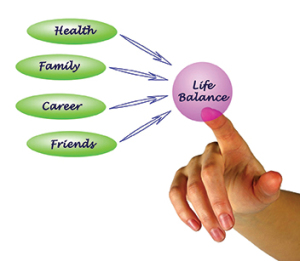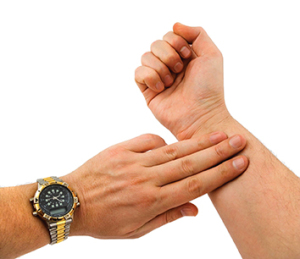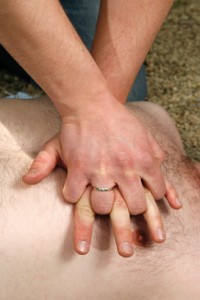Aging Cells, Strokes, Alzheimer’s, CPR, Back Pain
Posted on November 1, 2014 by bob in NewsUCanUse
Healthy Lifestyle May Buffer Against Stress-Related Cell Aging
A new study from UC San Francisco is the first to show that while the impact of life’s stressors accumulate overtime and accelerate cellular aging, these negative effects may be reduced by maintaining a healthy diet, exercising and sleeping well. The paper was published in “Molecular Psychiatry”.
Monitoring Pulse After Stroke May Prevent a Second Stroke
New research from Erlangen University suggests regularly monitoring your pulse after a stroke or the pulse of a loved one who has experienced a stroke may be a simple and effective first step in detecting irregular heartbeat, a major cause of having a second stroke. The study is published in Neurology®.
Low Vitamin D Levels May Boost Alzheimer’s Risk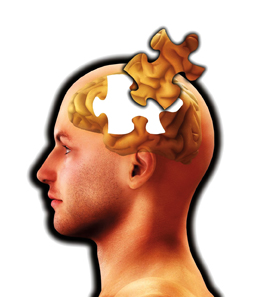
Older adults with too little vitamin D in their blood may have twice the risk of developing Alzheimer’s disease and dementia as seniors with sufficient levels of the “sunshine vitamin,” a new study published in Neurology® finds. The research, based on more than 1,600 adults over age 65 who were tracked for six years, found the risk for Alzheimer’s and other forms of dementia increased with the severity of vitamin D deficiency. The study found people with low levels of vitamin D had a 53 percent increased risk of developing dementia and those who were severely deficient had a 125 percent increased risk compared to participants with normal levels of vitamin D.
The study looked at blood levels of vitamin D, which includes vitamin D from food, supplements and sun exposure. Dietary vitamin D is found in fatty fish such as salmon, tuna or mackerel and milk, eggs and cheese. The results remained the same after researchers adjusted for other factors that could affect risk of dementia, such as education, smoking and alcohol consumption.
Cardiac arrest is an electrical malfunction in the heart causing an irregular heartbeat (arrhythmia), disrupting the flow of blood to the brain, lungs and other organs. It’s a leading cause of death. When a person has a cardiac arrest, survival depends on immediately getting CPR from someone nearby. Edward Stapleton, Associate Professor and Director of Pre-hospital Education, Stony Brook University School of Medicine, is urging everyone to learn CPR.
“Hands-Only CPR has just two easy steps,” says Stapleton. “If you see a teen or adult suddenly collapse, first, call 9-1-1; and then push hard and fast in the center of the chest.”
During Hands-Only CPR, there is no mouth-to-mouth breathing. You use your two hands to push hard and fast in a rhythmic motion in the center of the victim’s chest.
“It’s helpful to keep pushing to the beat of the disco song “Stayin’ Alive,” says Stapleton. “People feel more confident and are more likely to remember the correct rate when trained to the beat of a familiar song.”
Acetaminophen No Better Than Placebo for Back Pain
A recent study published in The Lancet found acetaminophen may not be helpful in treating lower back pain. Researchers 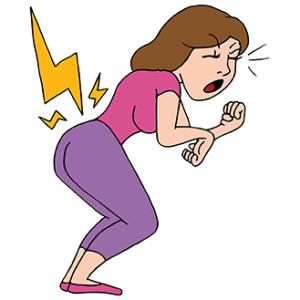 studied a group of 1,643 people to see whether taking acetaminophen relieved their back pain symptoms.
studied a group of 1,643 people to see whether taking acetaminophen relieved their back pain symptoms.
Over three months, the researchers found no significant differences in pain, functioning, recovery time, sleep, or quality of life between those receiving acetaminophen and those receiving placebo. About 75 percent of the participants were satisfied with their treatment course, whether they received acetaminophen or placebos.
However, researchers state if someone already taking acetaminophen feels they are getting a benefit, then continue.










